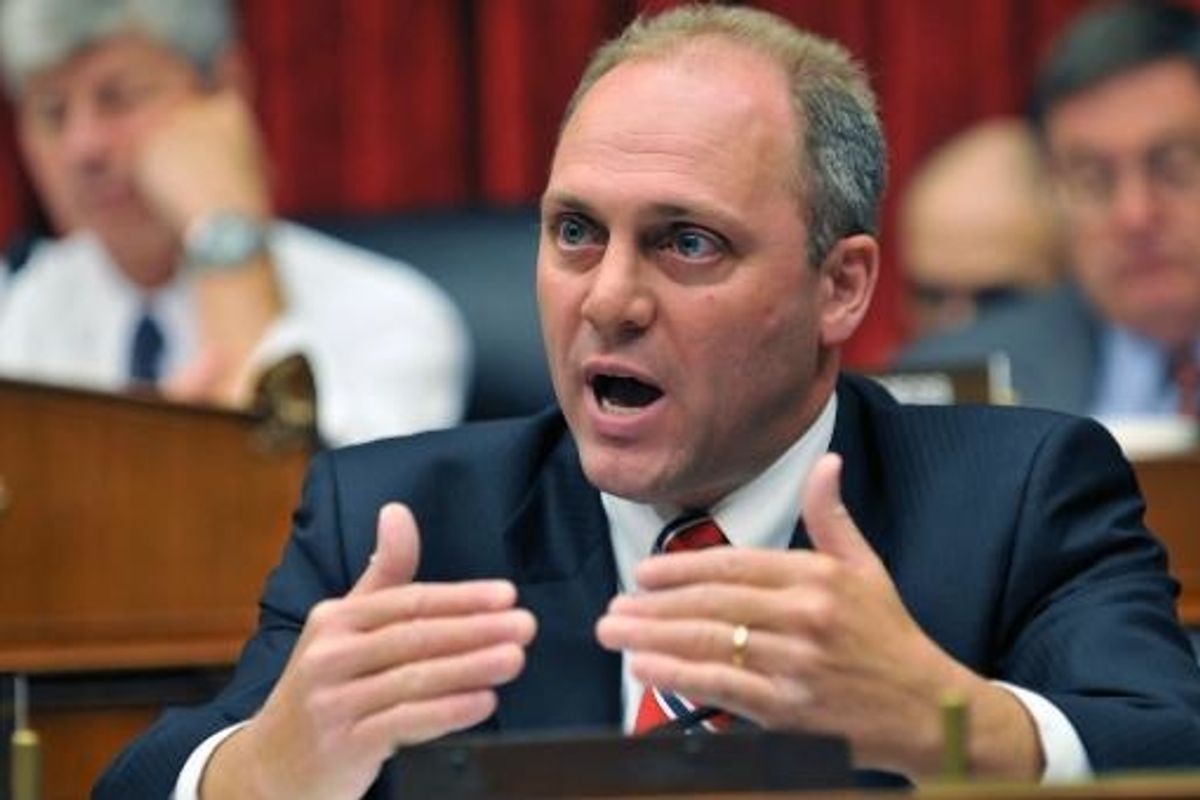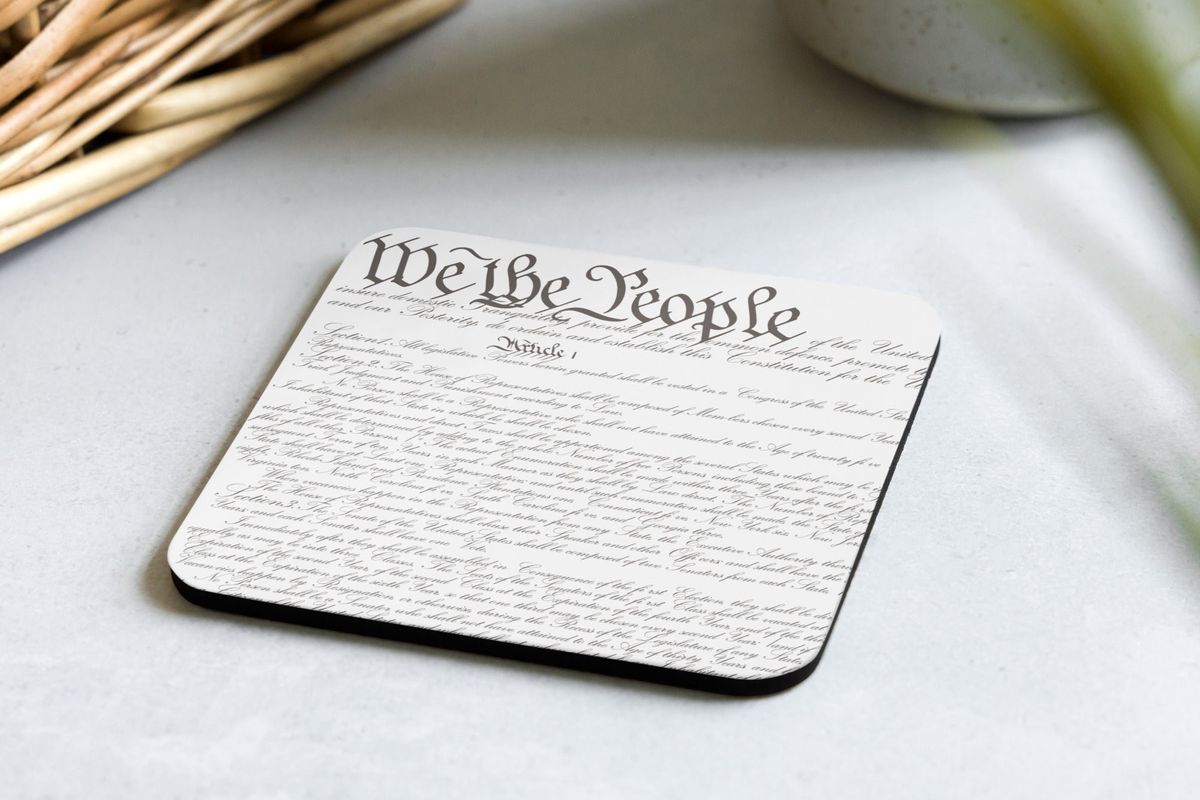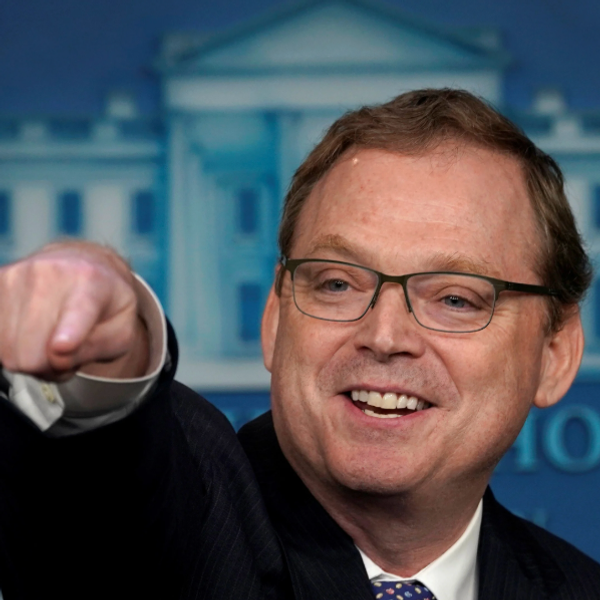
How are Republicans trying to sell a bad bill? They tell lie after lie about how only able-bodied adults who refuse to go to work will be affected by their One Big Ugly Bill.
“That single mom that’s working two or three jobs right now to make ends meet under this tough economy, she doesn’t want to have to pay for somebody who’s sitting at home," House Majority Leader Steve Scalise said. When Sen. Josh Hawley (R- MO) was asked whether he was worried about working people being thrown off Medicaid because they failed to jump of all the hurdles created by the new legislation, he replied simply, “I’m for work requirements.”
These obfuscations ignore the fact that 92 percent of adults on Medicaid are already working. They work in stores, restaurants, hotels and offices. They serve as home health, nursing home and hospital aides. They build homes, staff warehouses and take the dirtiest and most dangerous jobs in manufacturing. They pick our fruits, vegetables and other agricultural commodities.
Why do they need Medicaid? Because their employers are small (less than 50 workers) and do not provide coverage. Or, if they are a large employer and required to at least offer coverage, the firms charge their employees so much in co-premiums that their workers cannot afford it on their measly paychecks. In order to qualify for Medicaid — even in the 39 states and District Columbia that have expanded the program — you have to earn under 138 percent of the federal poverty level, which is around $44,000 for a family of four in 2025.
A new report from Families USA found that nearly 20 million American workers are on Medicaid. Nearly half work for firms with less than 50 employees, which are not subject to the Affordable Care Act’s requirement they offer coverage.
Given only half (53%) of small firms even offer health insurance, their employees must turn to either ACA plans or Medicaid (if their wages are very low) for coverage. “Simply put, Medicaid is one of the only options for low-wage workers to get health insurance, and it makes a dramatic difference in these workers’ lives,” the report said.
The demographics of workers on Medicaid
The report also broke out who these low-wage workers are. Women make up a slight majority (56 percent), which isn’t surprising given female predominance in the lowest paid occupations of the retail, health care, education and social service sectors.
The racial share of workers on Medicaid generally reflect the broader society. Fully 46 percent are white; 27 percent are Hispanic; 17 percent are black; and six percent are of Asian descent. The bureaucratic roadblocks to obtaining coverage, which accounts for the vast majority of the 10 million people who will lose coverage over the next decade, will have just as big effect in Red states as in Blue states.
To sum up: Medicaid coverage subsidizes nearly every industry in America and in every state. It helps those industries be more productive since workers on Medicaid have less medical debt, are more able to pay rent and feed their families, and are healthier since they are more likely to seek out preventive care.
“Proposed cuts to Medicaid are therefore a direct threat to essential workers and core American industries,” the report concluded. “By seeking to push people off of Medicaid coverage, this budget bill not only threatens the health and financial security of our nation’s low-wage workers but also the security of our nation’s economy.”
Merrill Goozner is a former editor of Modern Healthcare, where he writes a weekly column. He is a former reporter for The Chicago Tribune and professor of business journalism at New York University. Please consider subscribing to his Substack.
Reprinted with permission from Gooz News.
- Poll: Massive Voter Rejection Of Medicaid And Food Stamp Cuts ›
- Medicaid Cuts Loom As House Republicans Declare War On Red States ›
- 'This Will Kill People': House GOP Guts Medicaid For Billionaire Tax Cut ›








